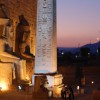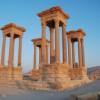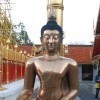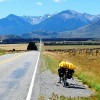It was meant to take 13 hours and three trains to get to Krakow in Southern Poland from our time in the Czech Republic, however, we did have a small ‘transport malfunction’ enroute. To cut a long story short, I got off the train at a stop in the middle of nowhere to move up a couple carriages (as we didn’t have seats and had a lot of luggage so it was easier to travel along the platform) during which time they locked the doors and got left behind. Of course, it was the last train of the day to Krakow and I had the tickets, so after Joel watched me get left behind from the departing train, he would have to fend for himself and I imagine learn Czech in a hurry! Neither of us had phones that worked to make matters worse.
When I finally did catch up with him at the hostel the next morning, I found he’d not only made it there fine, but he’d already replaced me (within 10 mins apparently) and was hung over from a night out. Glad he didn’t worry too much about me then haha!
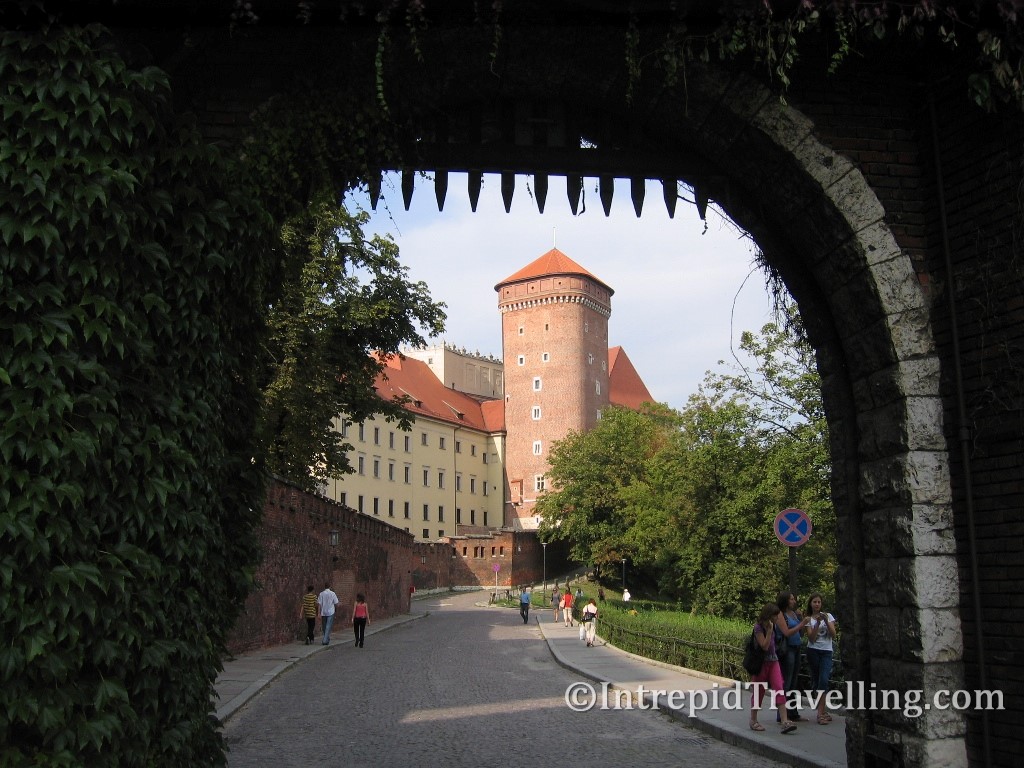
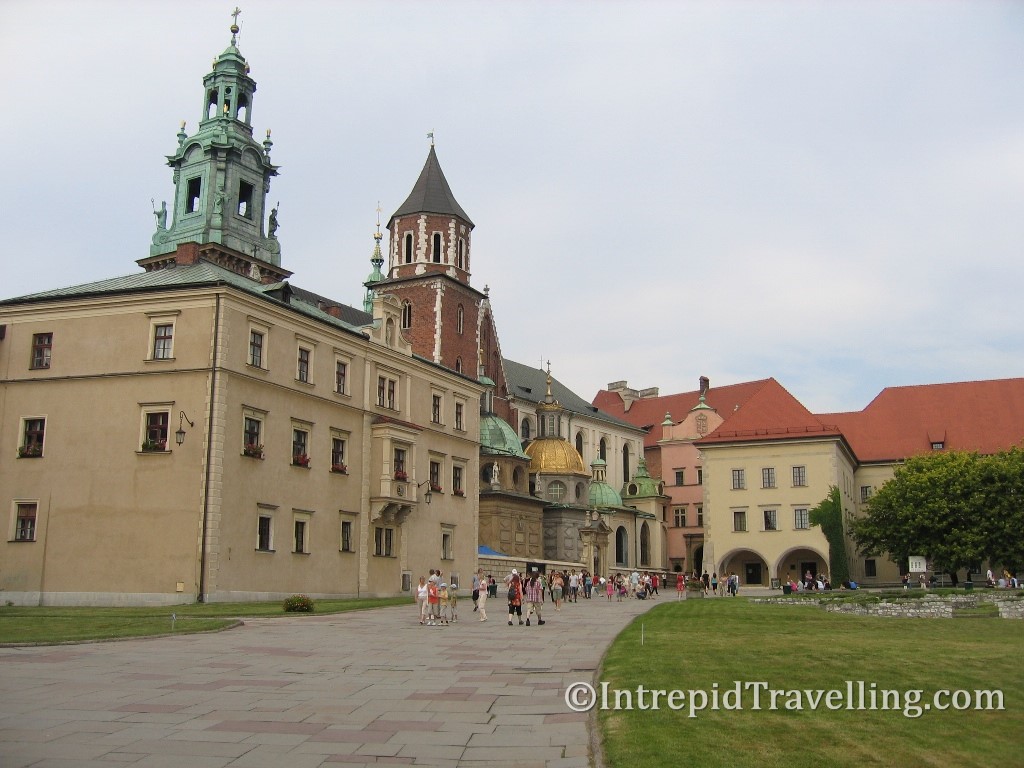
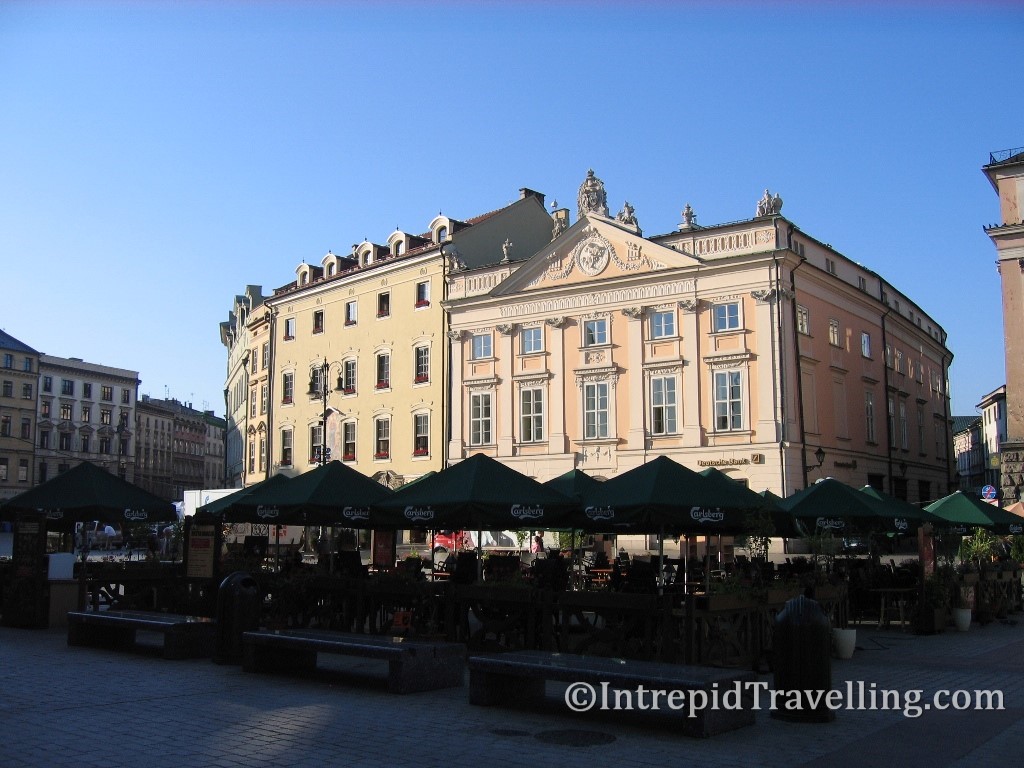
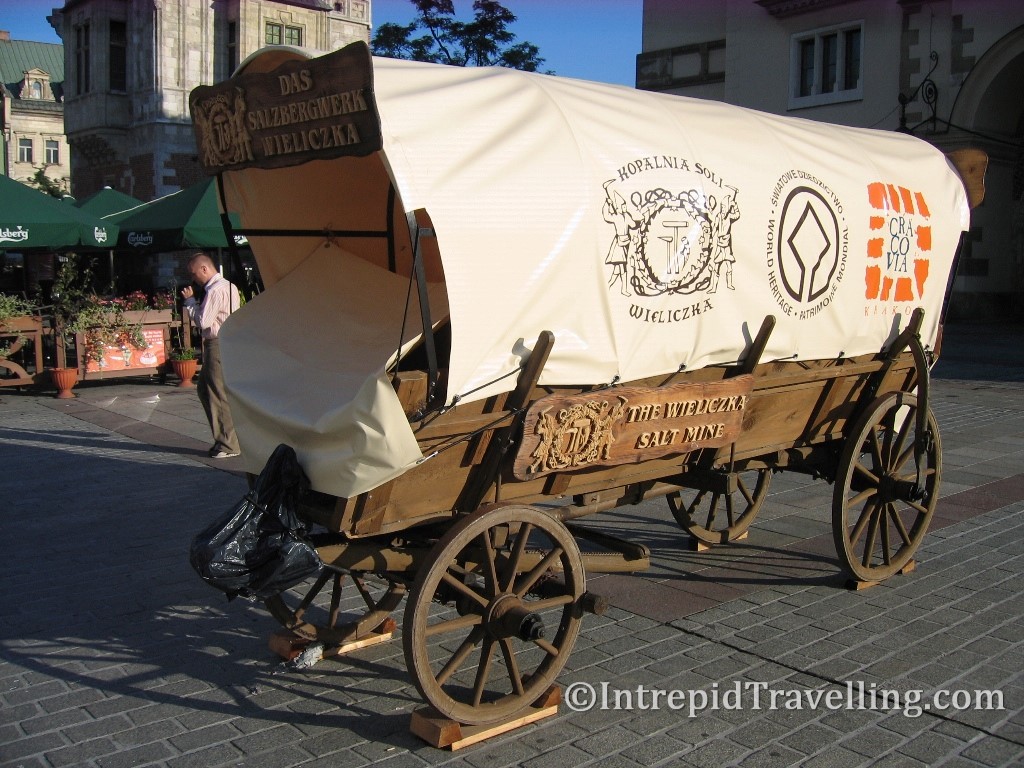
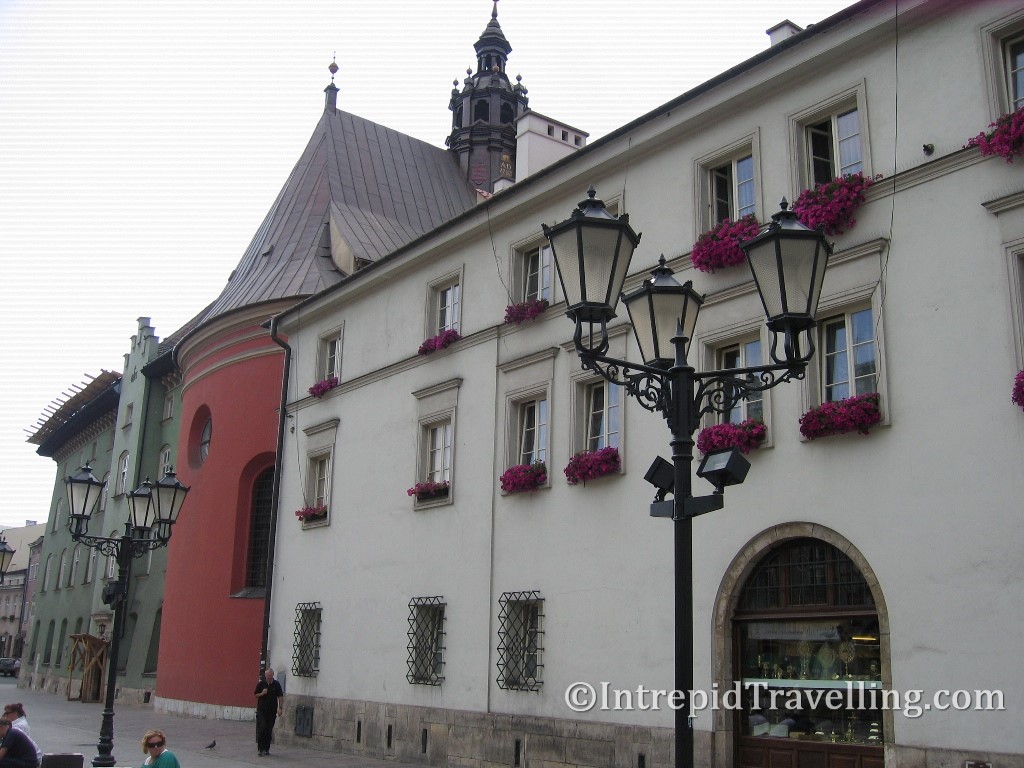
Kraków is a historic and visually spectacular city that lies on the banks of the Vistula river at the foot of the Carpathian Mountains. It is one of the oldest towns in Poland with its Old Town inscribed onto the UNESCO World Heritage list as it has many incredible historic buildings.
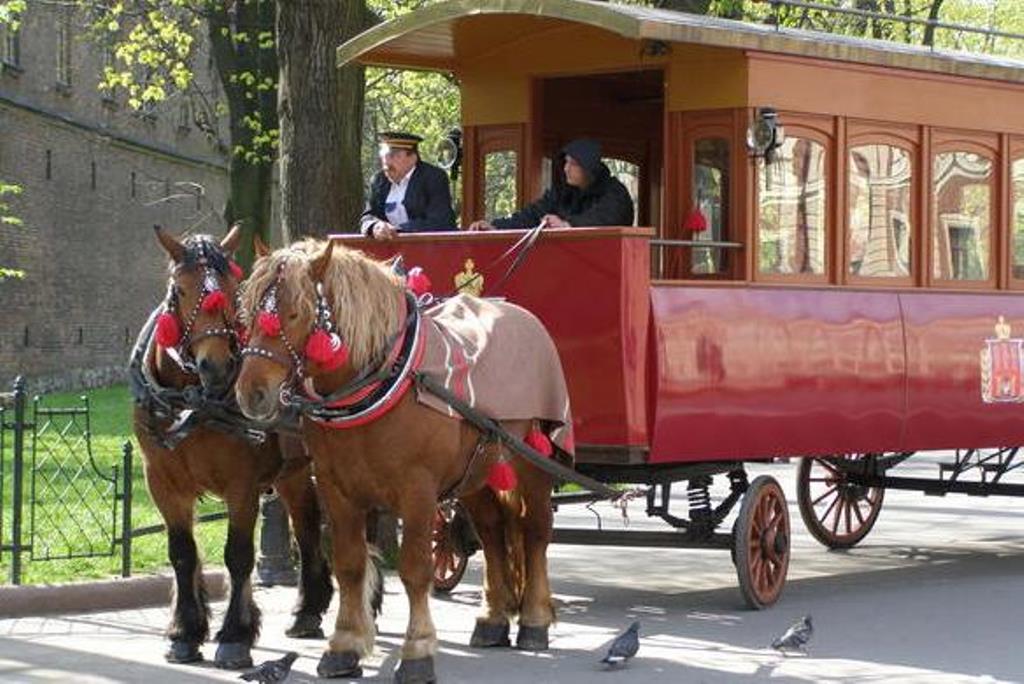
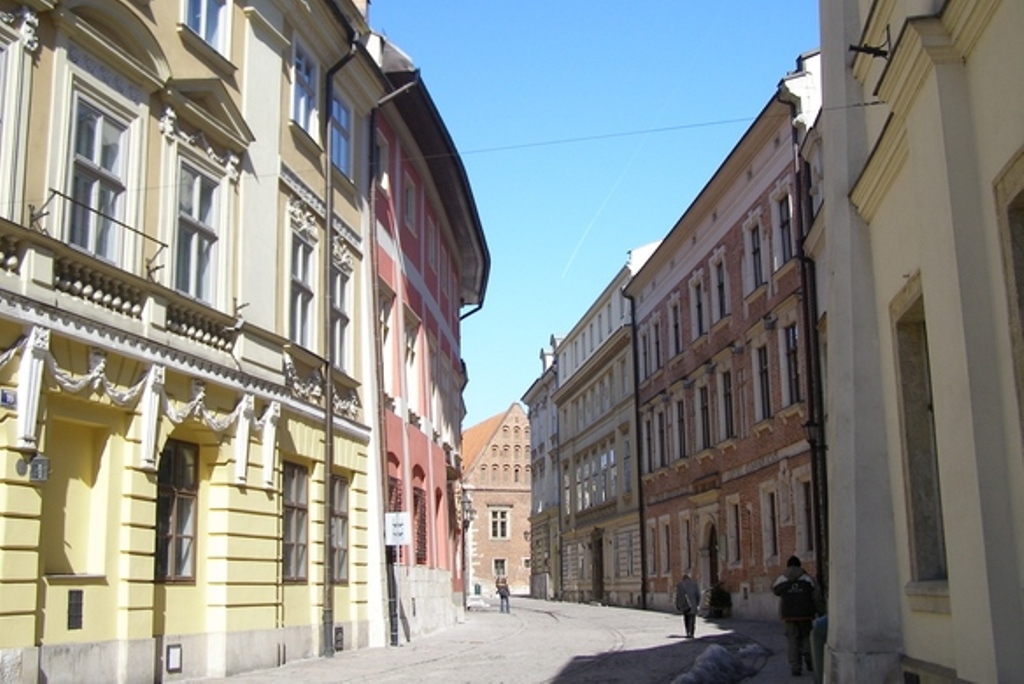
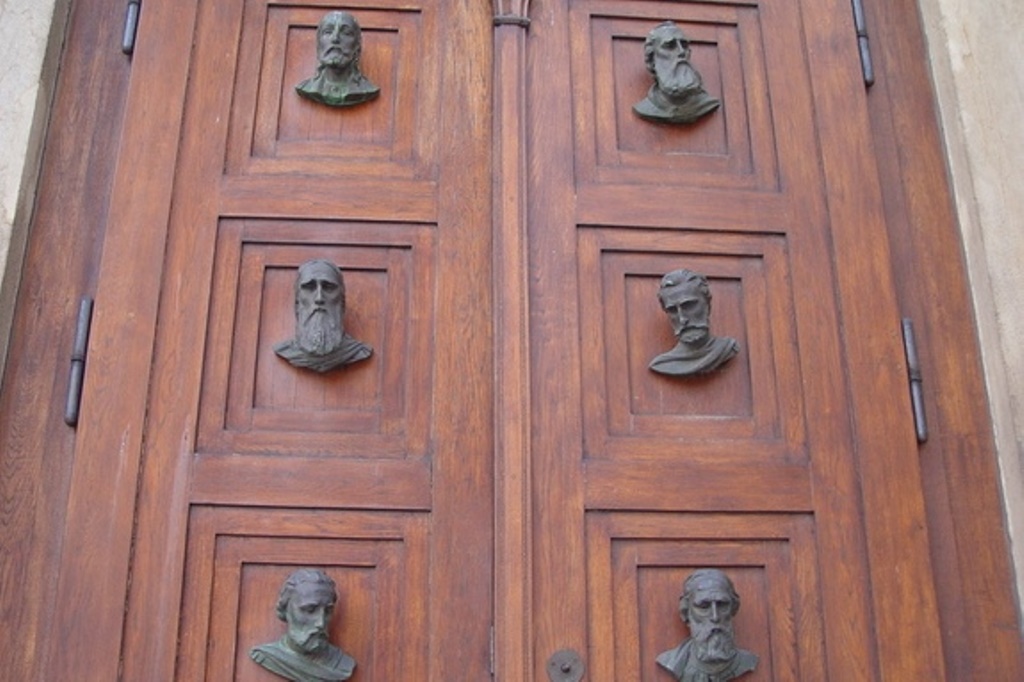
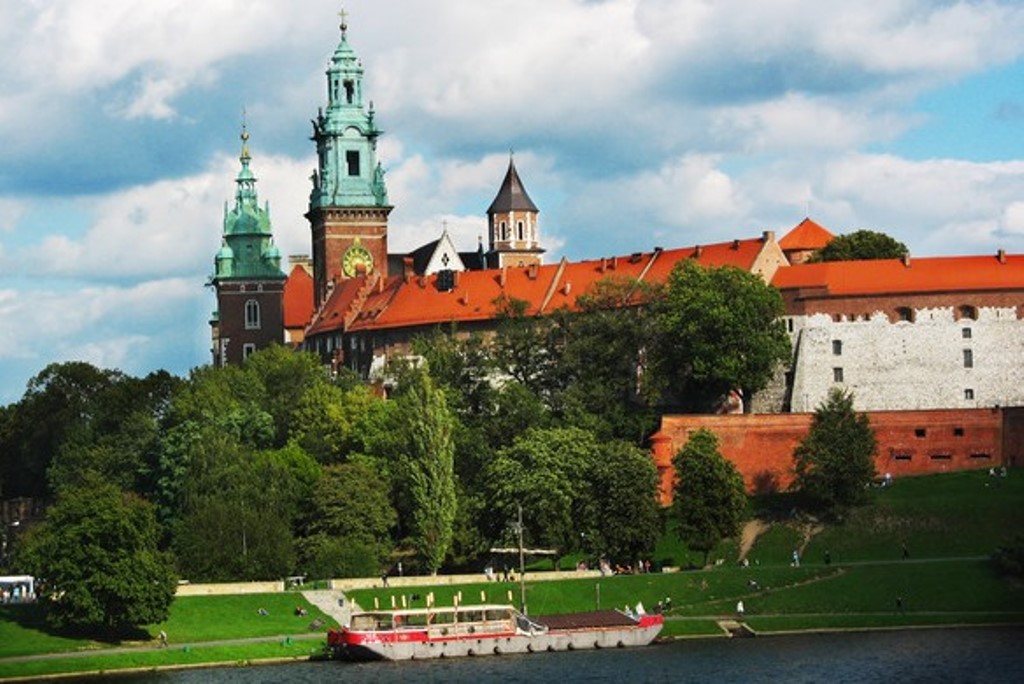
Many of Krakóws popular attractions are located in the Old Town, such as the Wawel castle, the Old Town Square (Rynek Główny), the church of Saint Mary, the district of Kazimierz and the Kraków Barbican to name a few. Intrepid Travellers who visit Kraków often take the opportunity to explore the Auschwitz-Birkenau camp which is located 70km west of Kraków in the town of Monowice. In the Kraków district of Podgórze you can also visit Schindler's Factory.
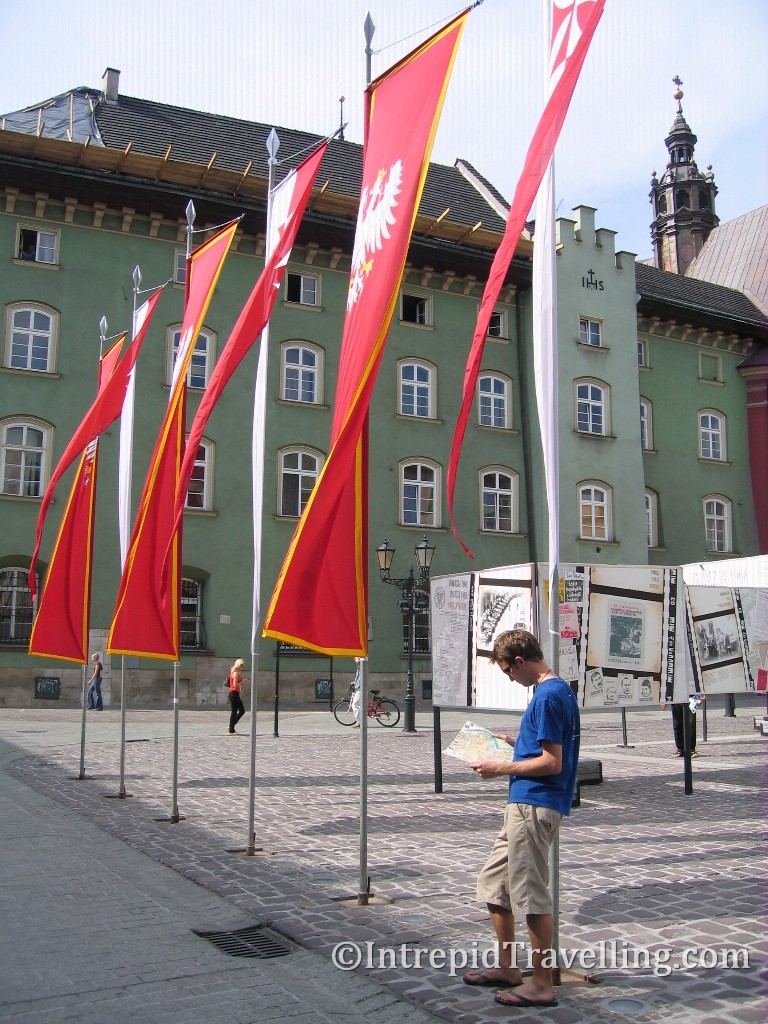
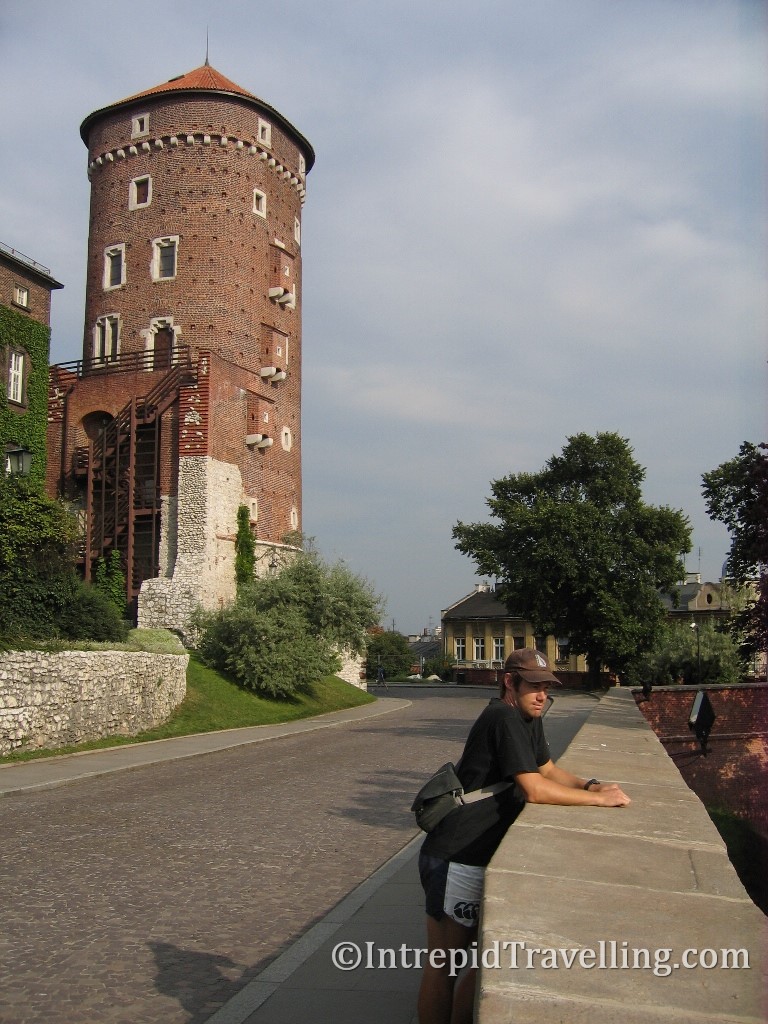
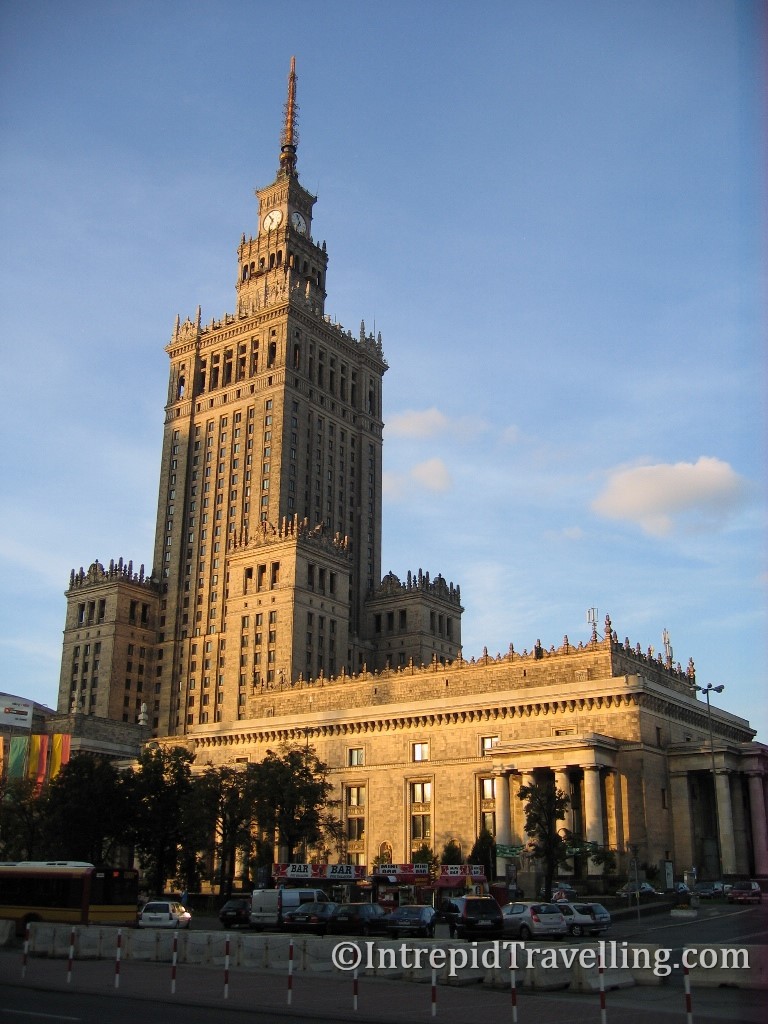
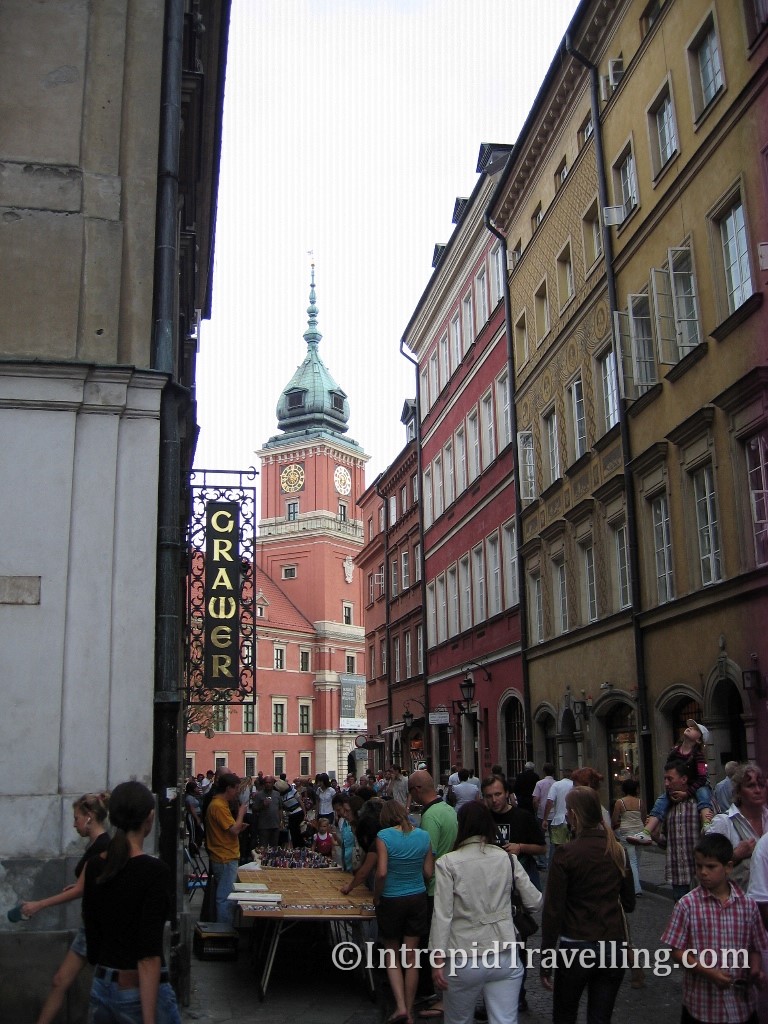
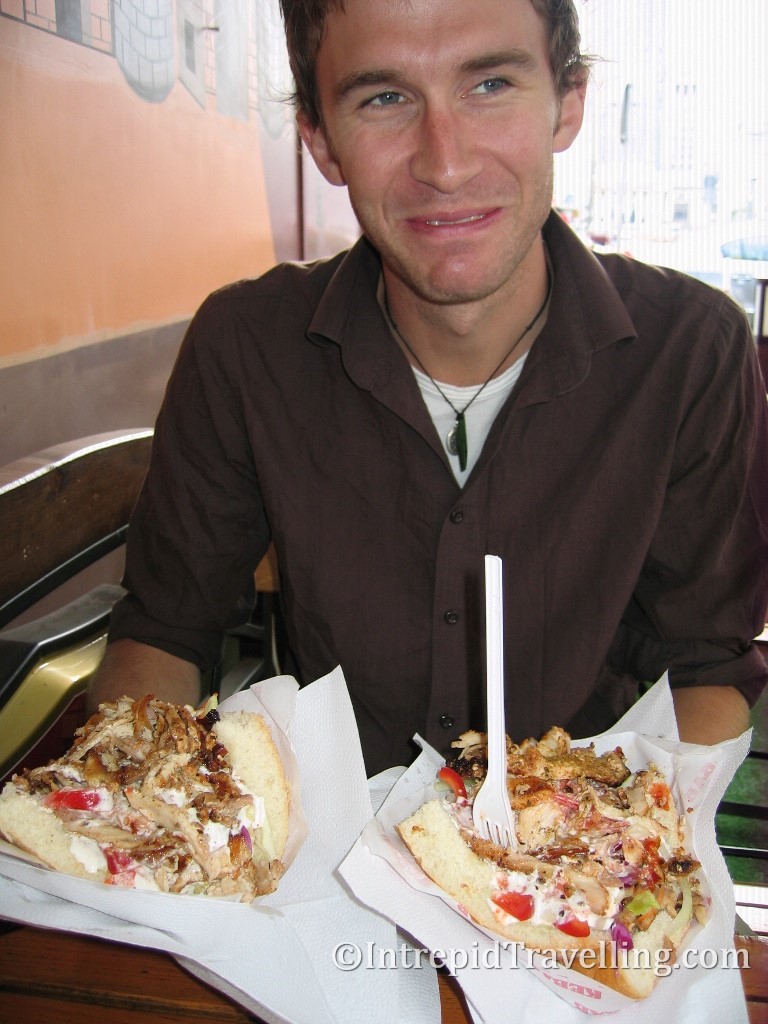
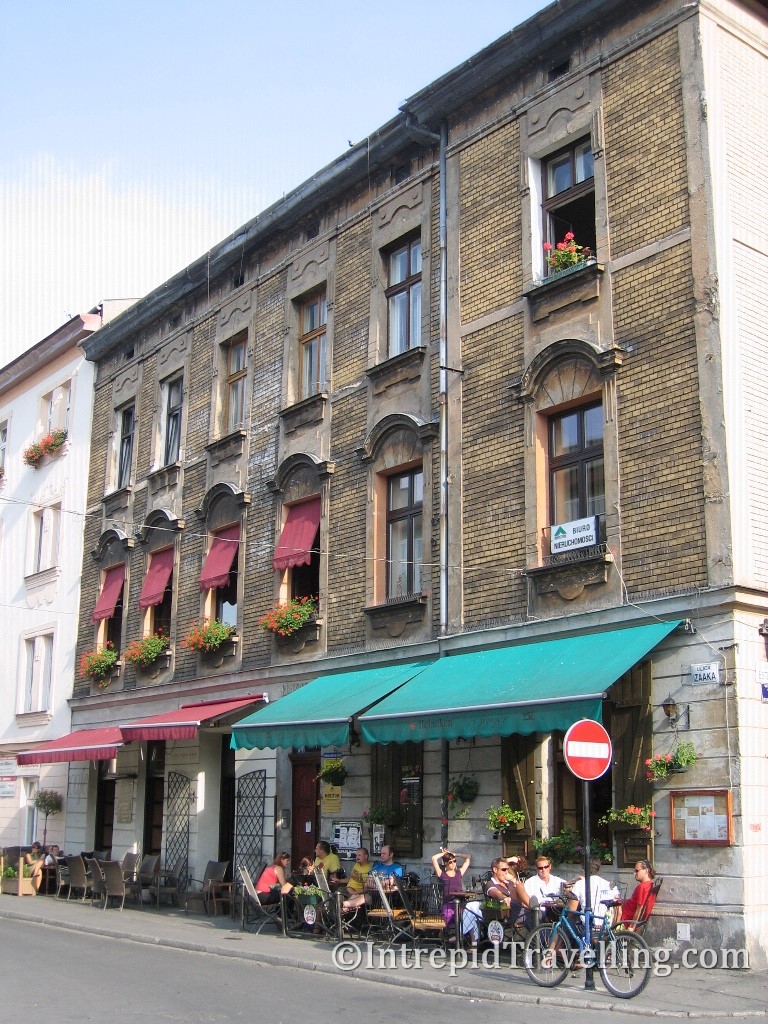
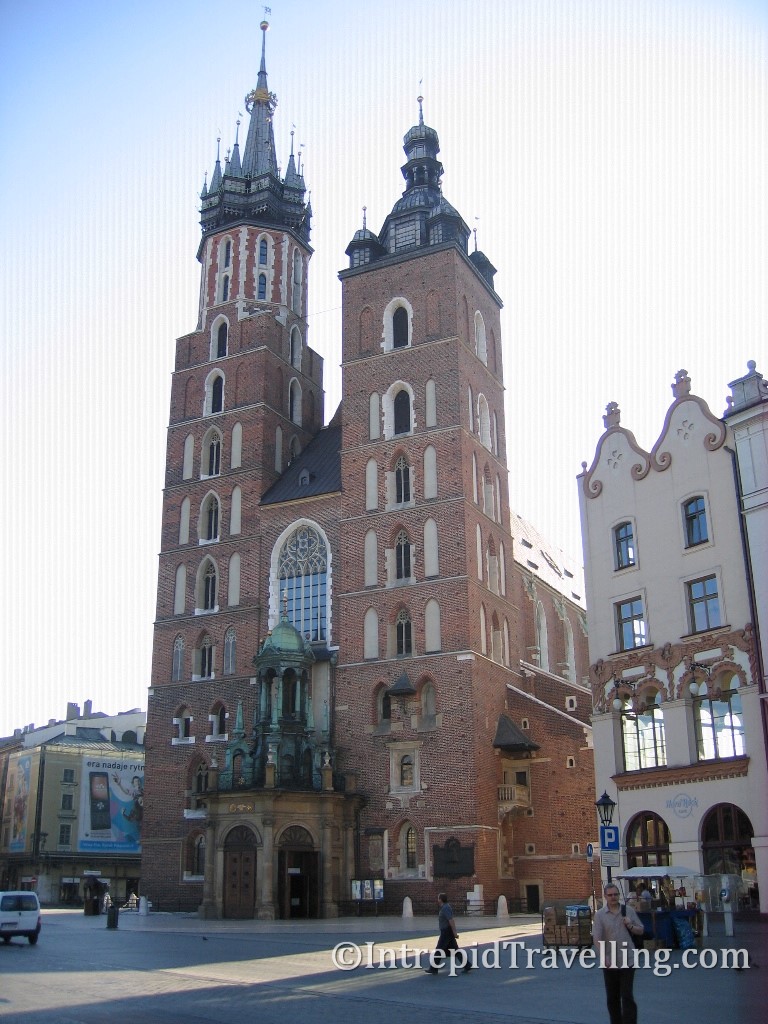
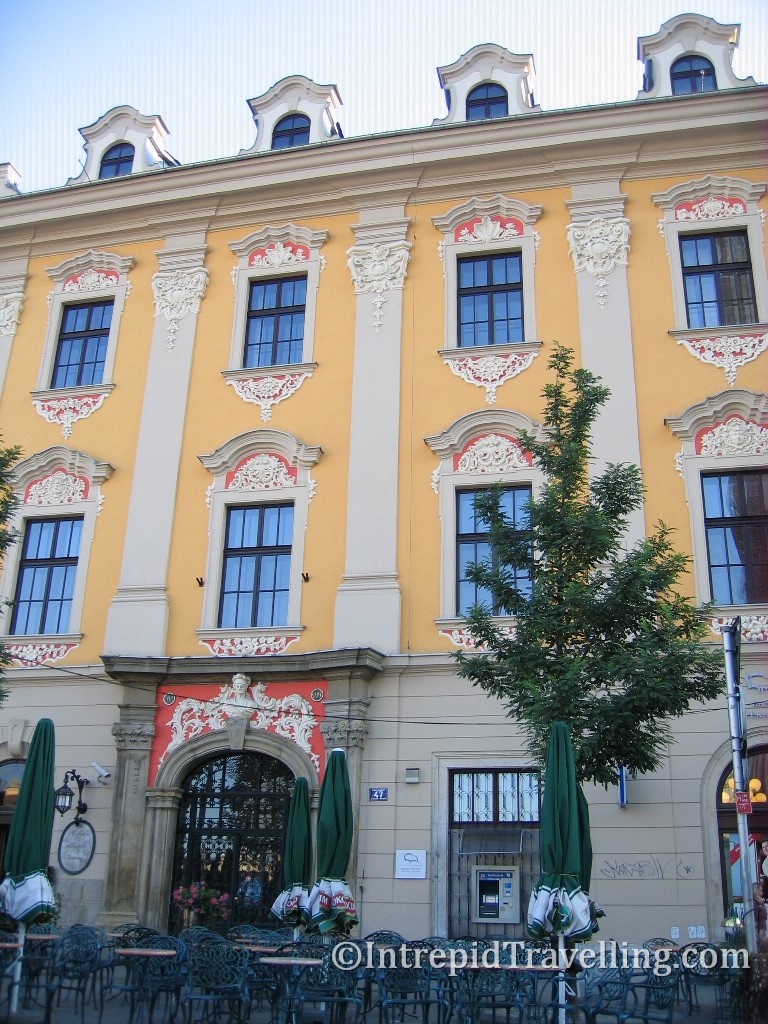

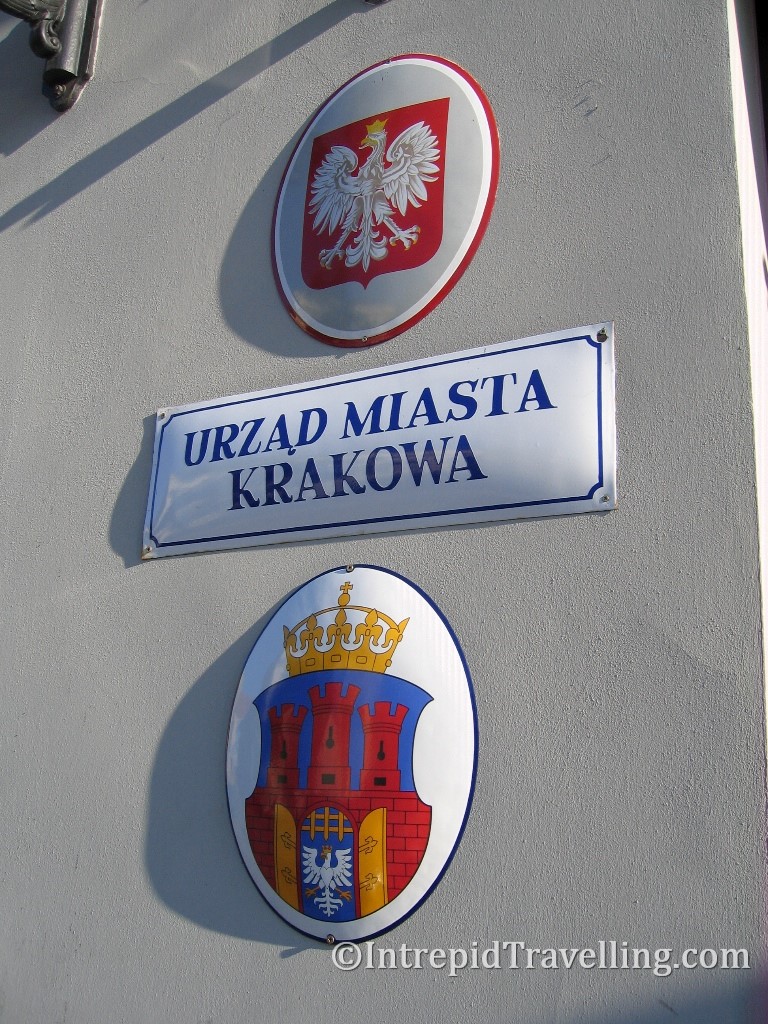
From Krakow we headed north to Poland’s capital, Warsaw. This is another city that suffered a lot of damage during the war. As a result it lacks the charm and historical buildings of cities that escaped damage such as Prague, Krakow etc. Not to mention the influences on their architecture of the Soviet communism such as the 237m tall Palace of Culture and Science built during the Soviet dominated era. Regardless, there has been a lot of work done to rebuild the Old Town so it’s definitely worth a visit during any trip to the region.
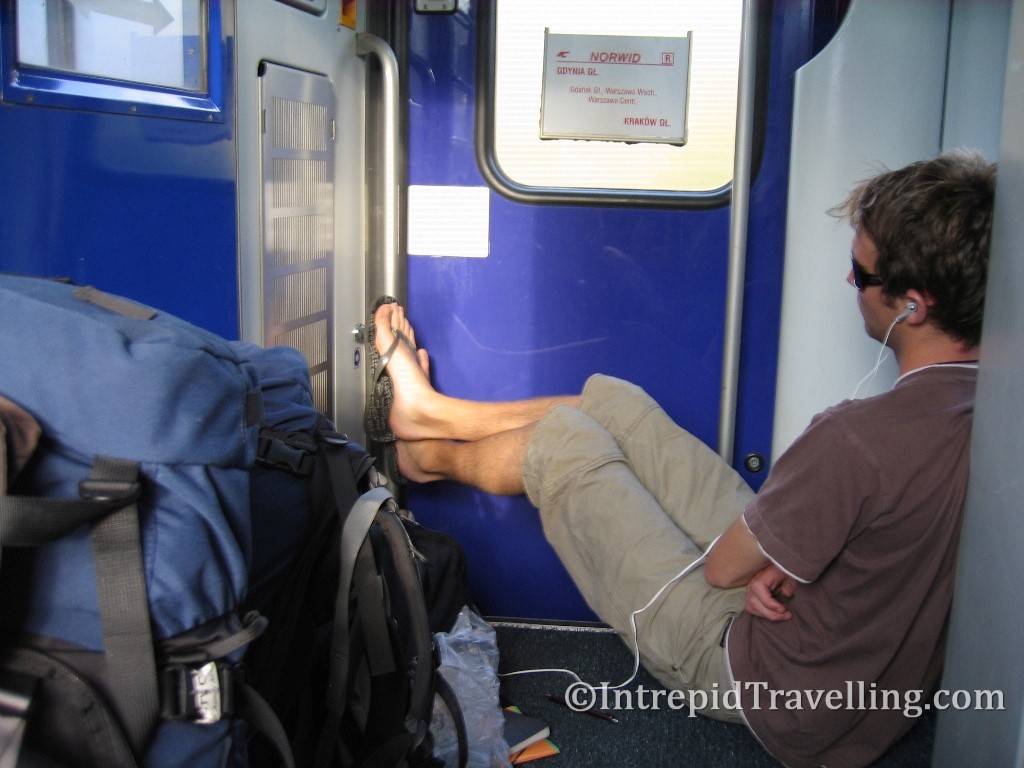
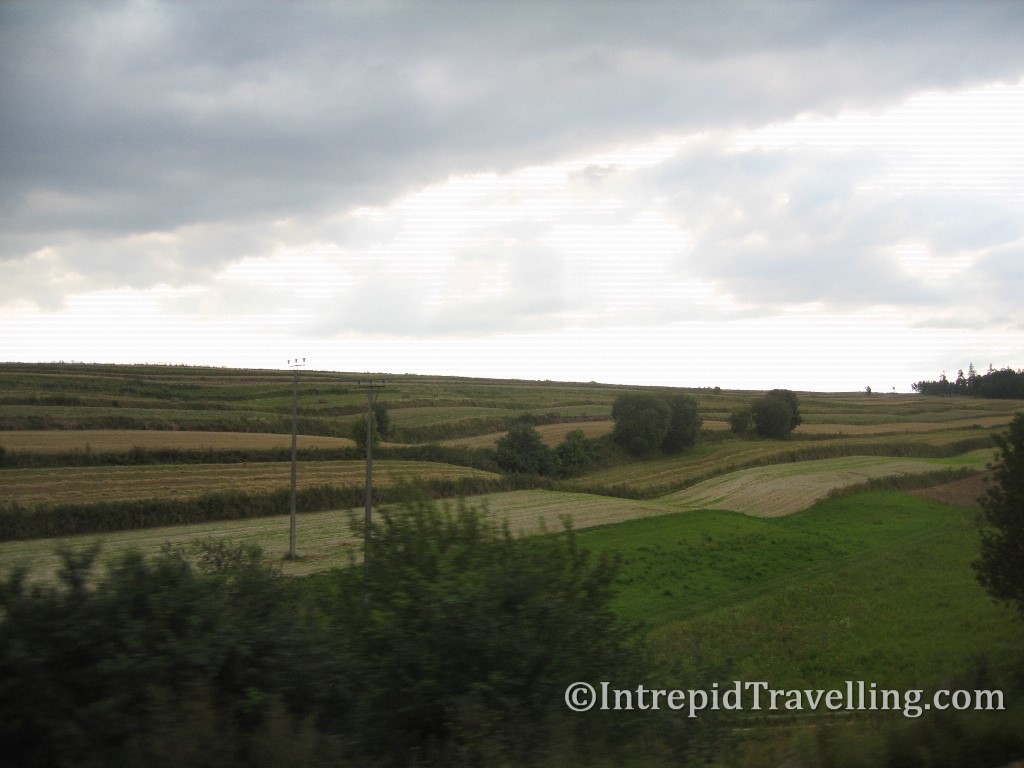
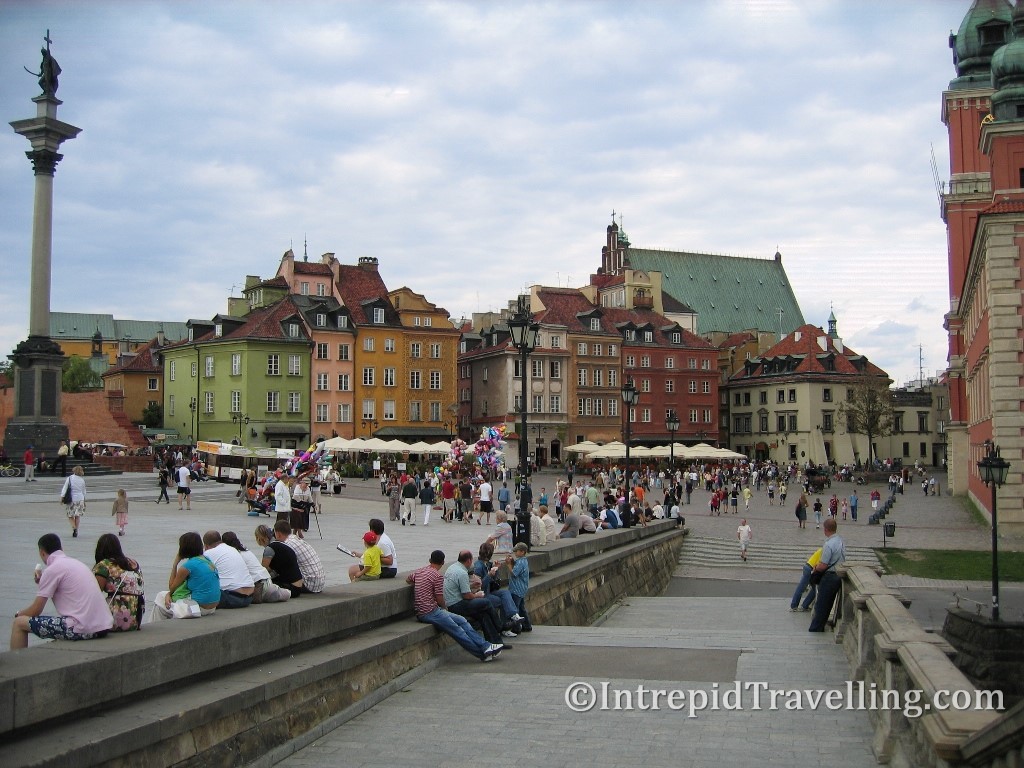
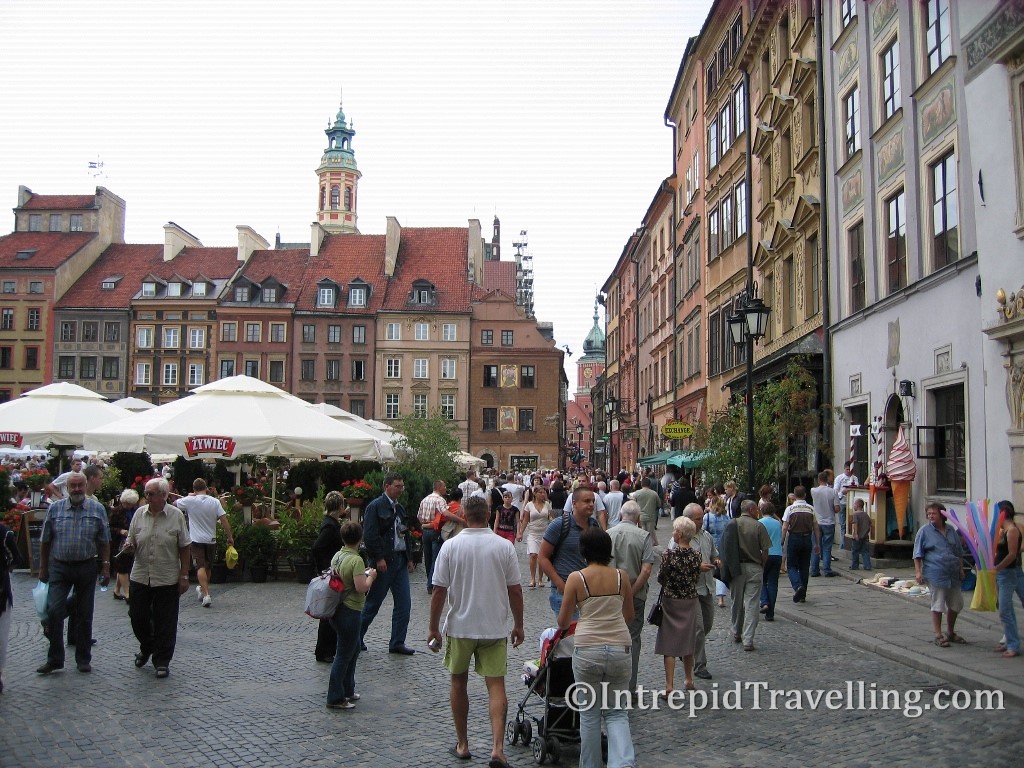
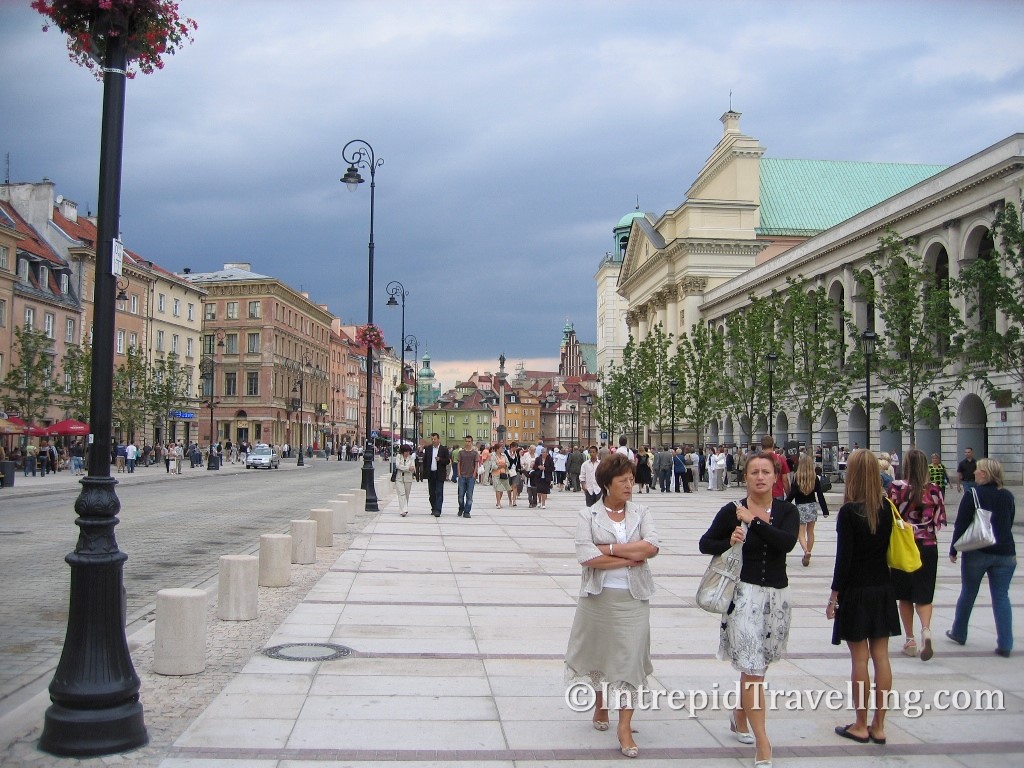
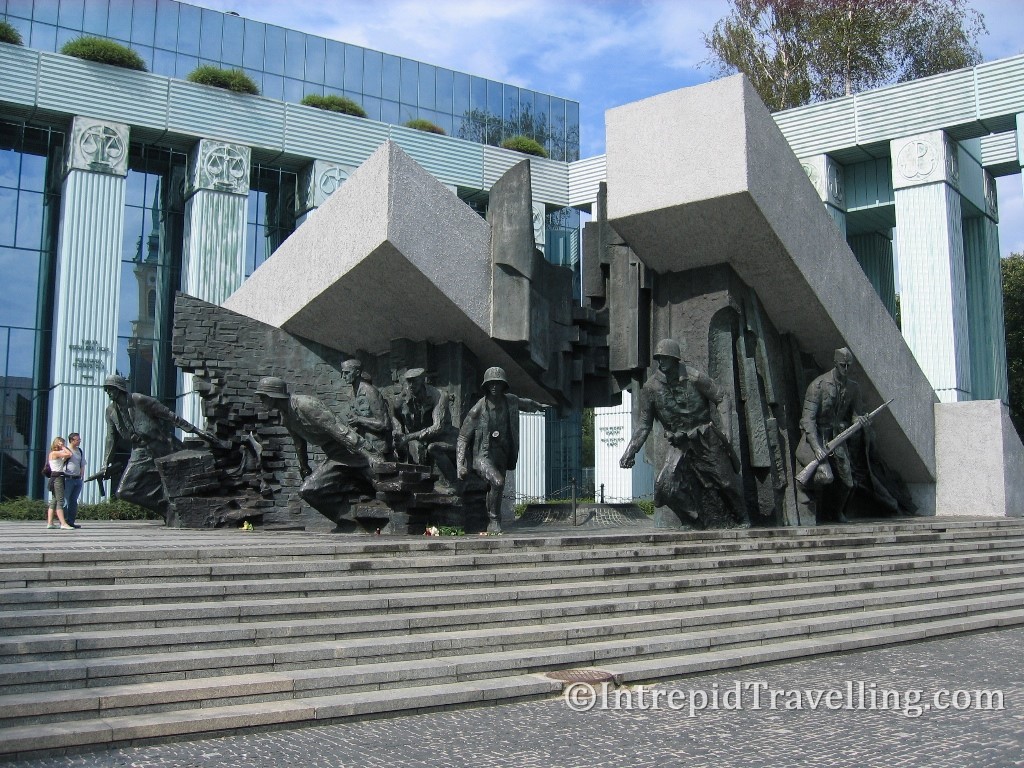
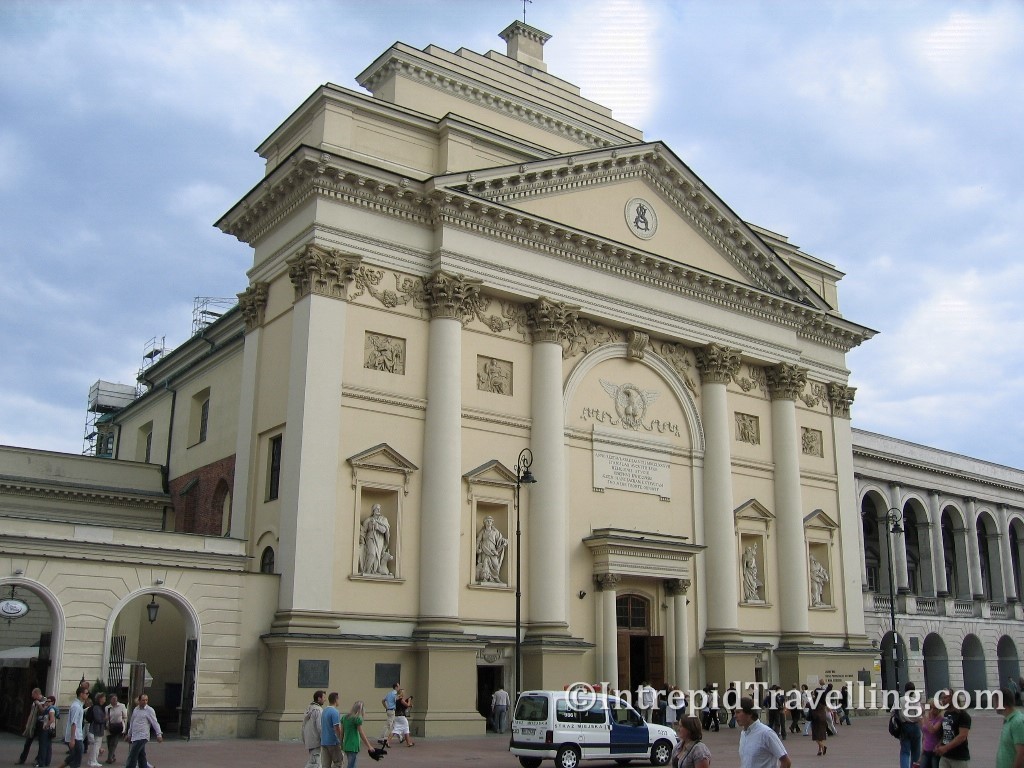
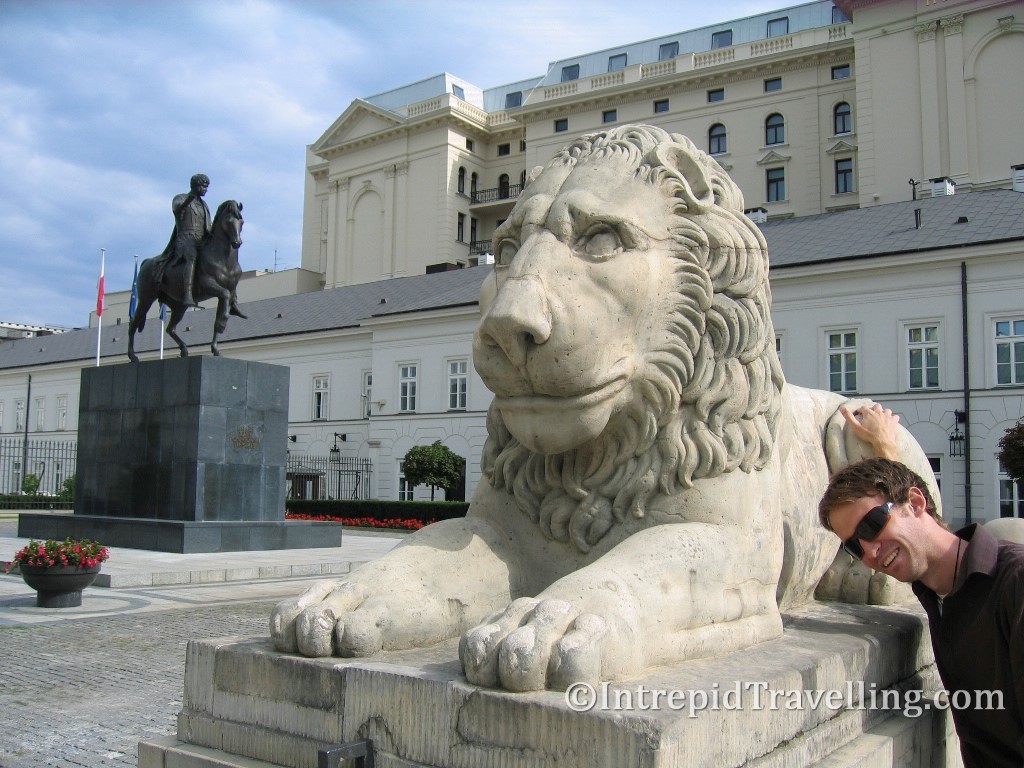
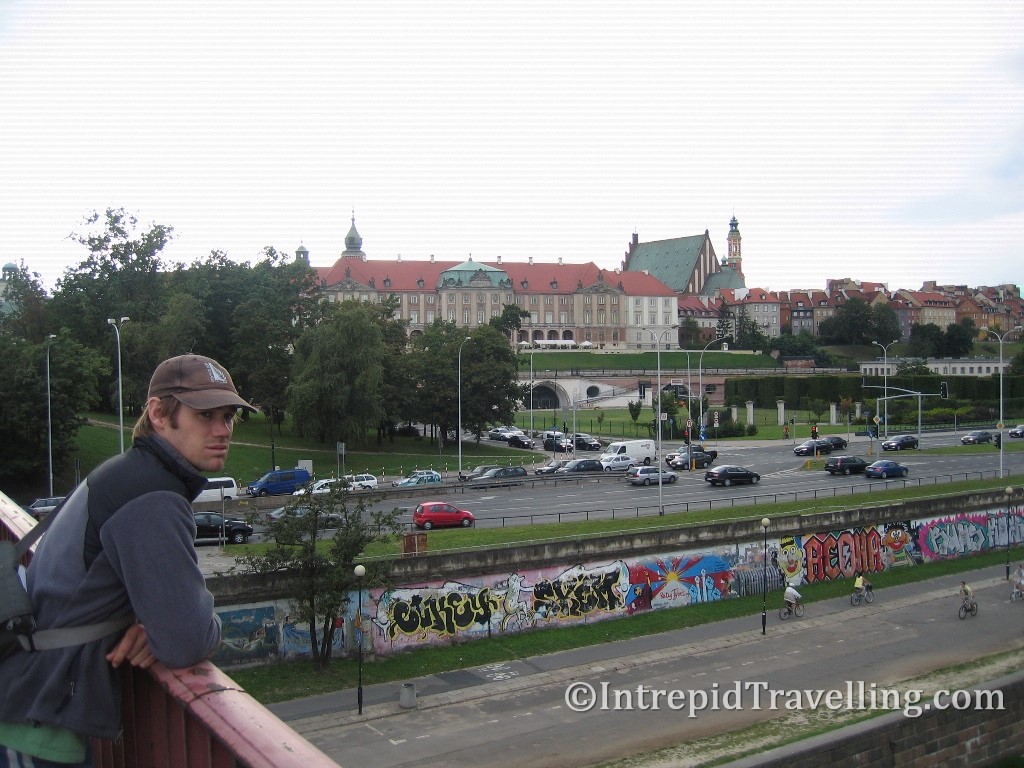
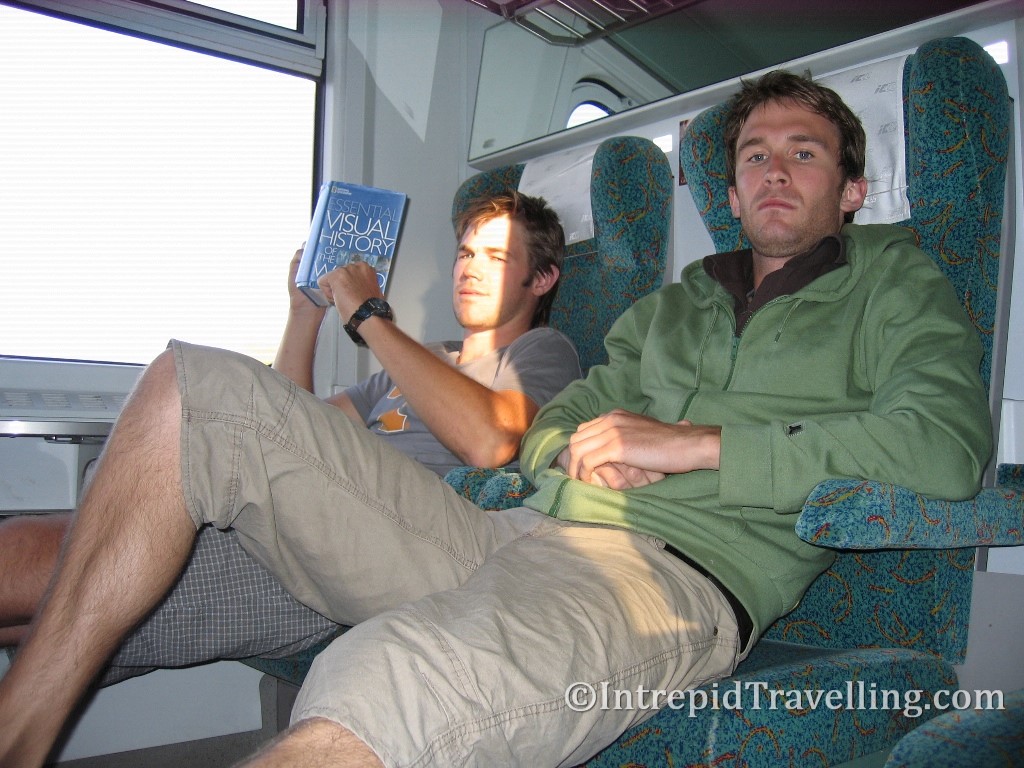
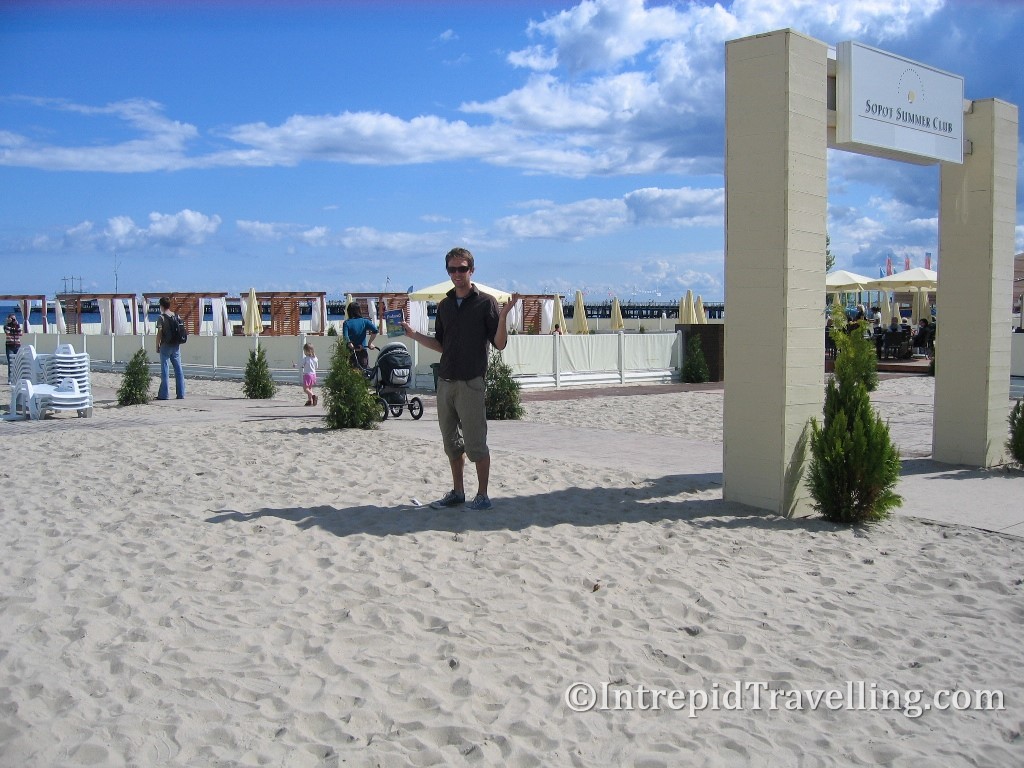
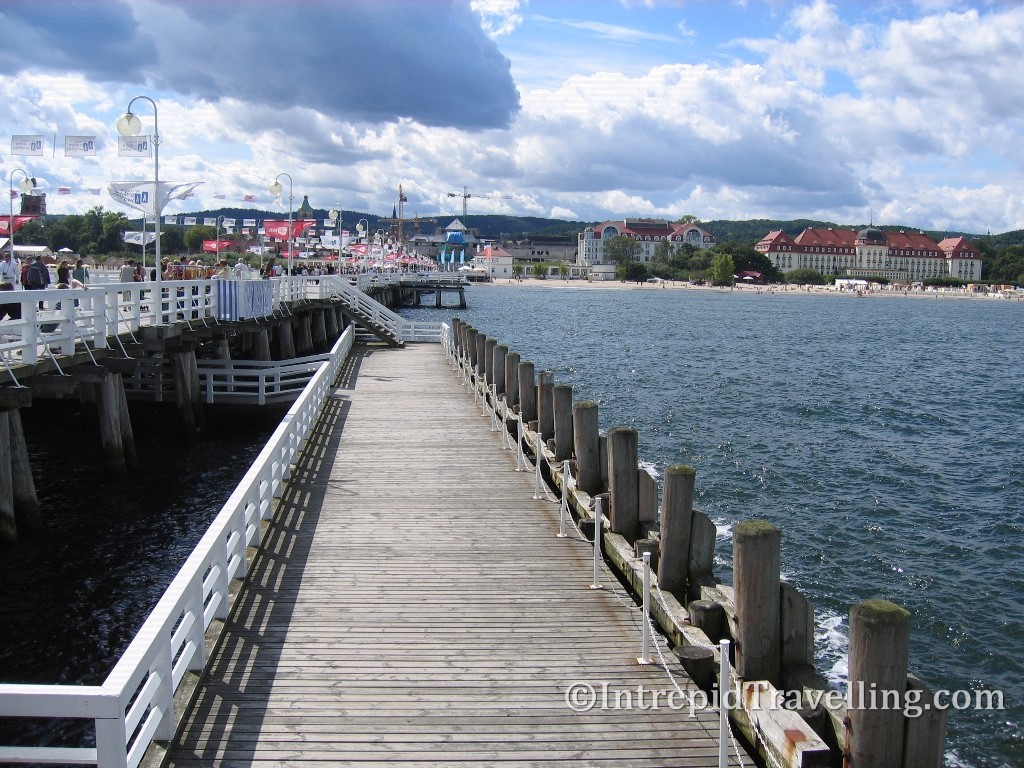
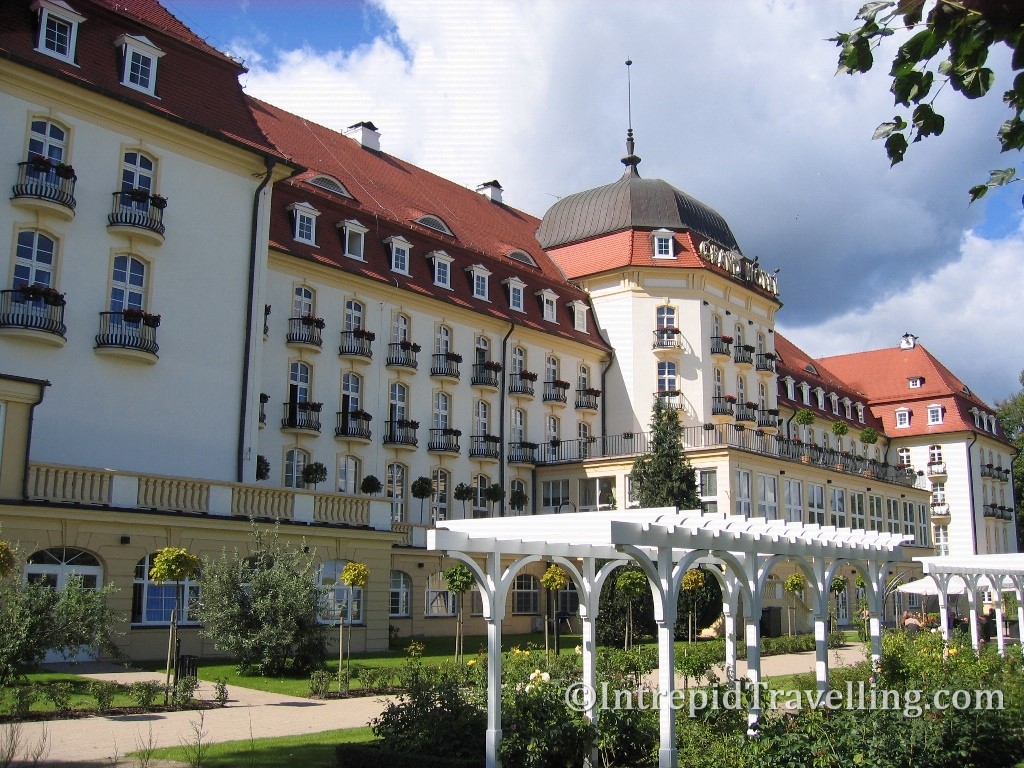
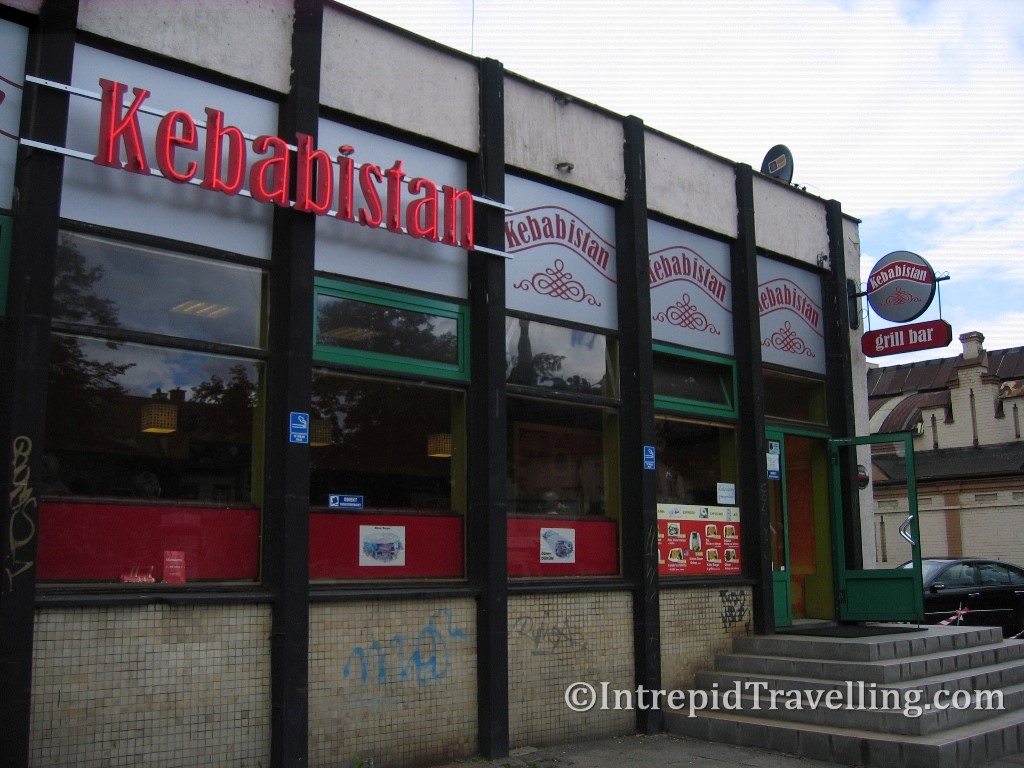
Wanting to make full use of our 10 day Euro Rail Pass, we headed to Sopot/Gdansk for a day trip which is located on Poland’s Northern coast, here we would see Europe’s longest wooden pier! We were surprised to see such a nice beach too, for some reason I’d never associated the cold Baltic with nice beaches. During the trip we also got to see what the countryside of Northern Poland looked like, in case you’re interested, it was mainly small peasant farms, we even saw horses being used to pull farm implements! In a way observing scenes like that feels a little like being a time traveller for someone who was brought up on a farm which stopped using horses in the 1940’s.
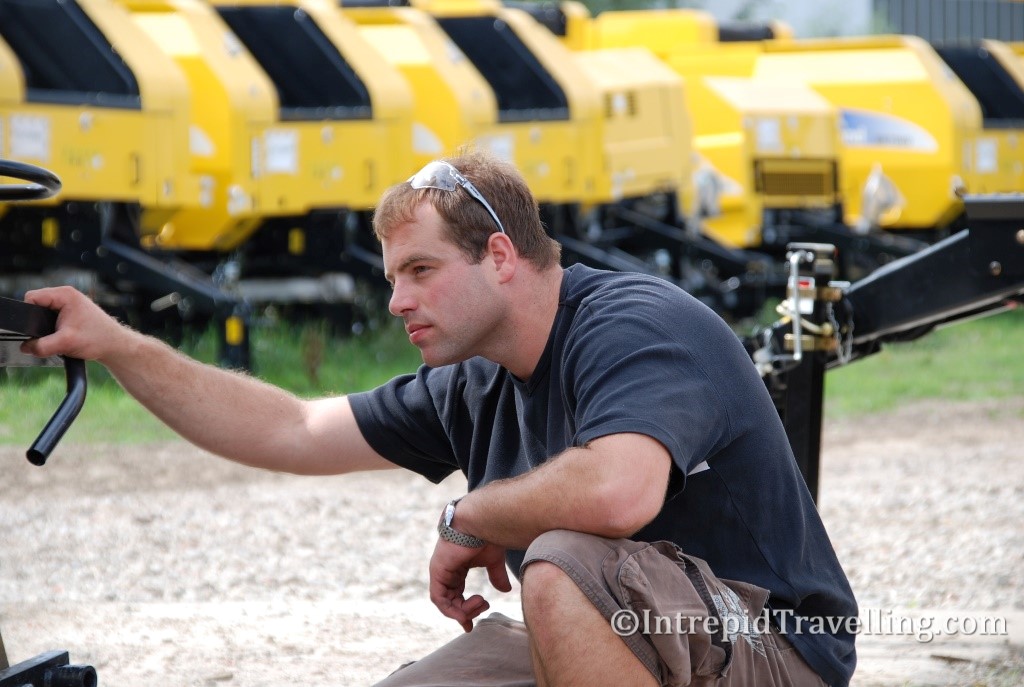
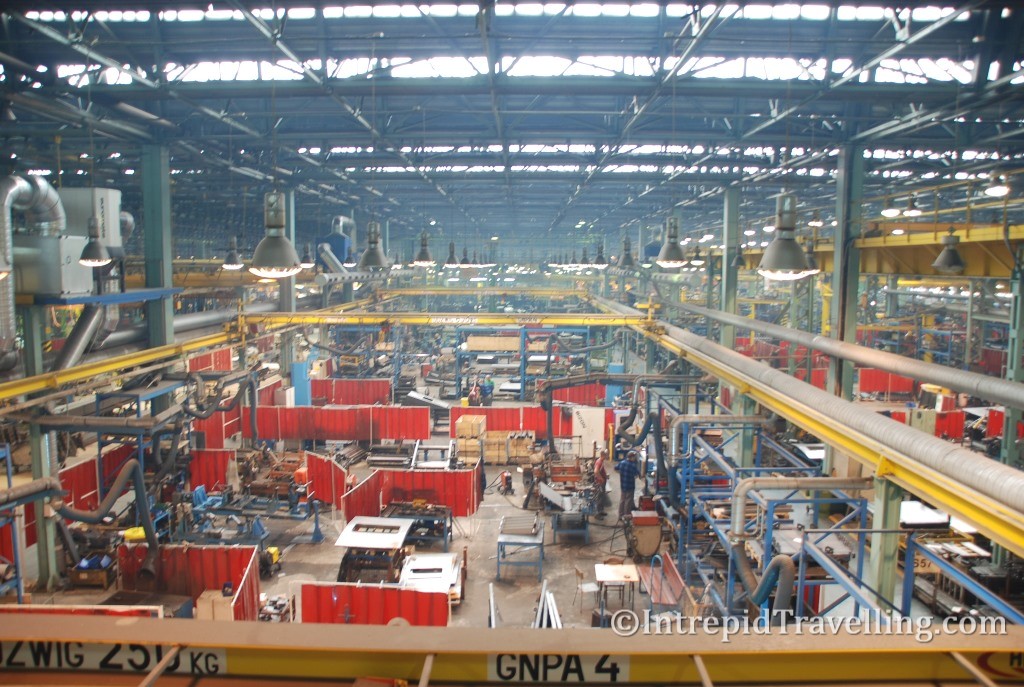
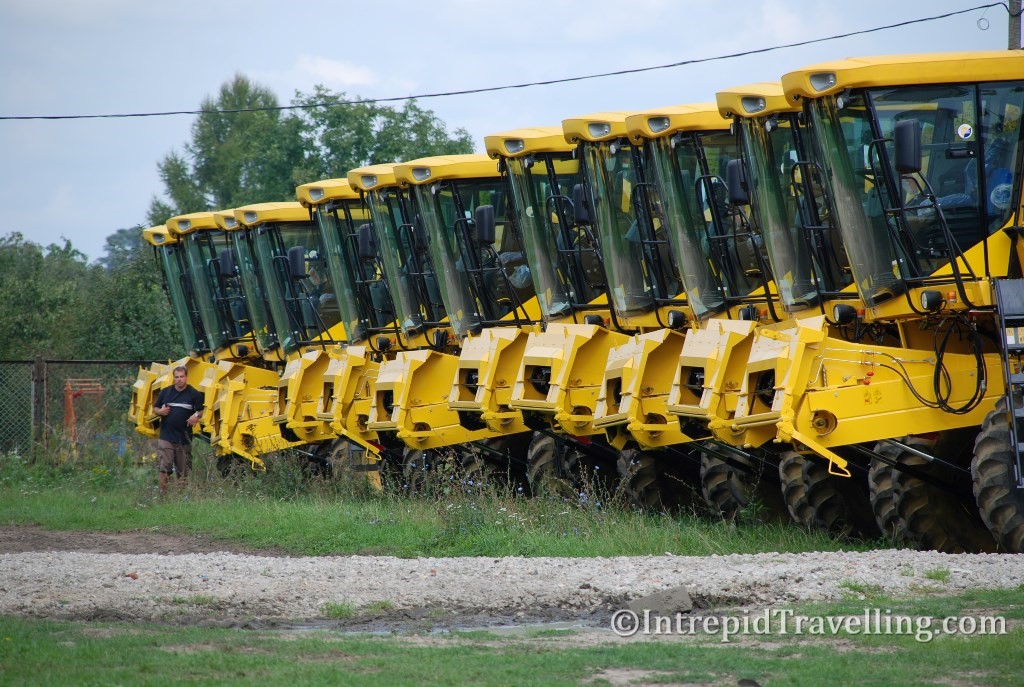
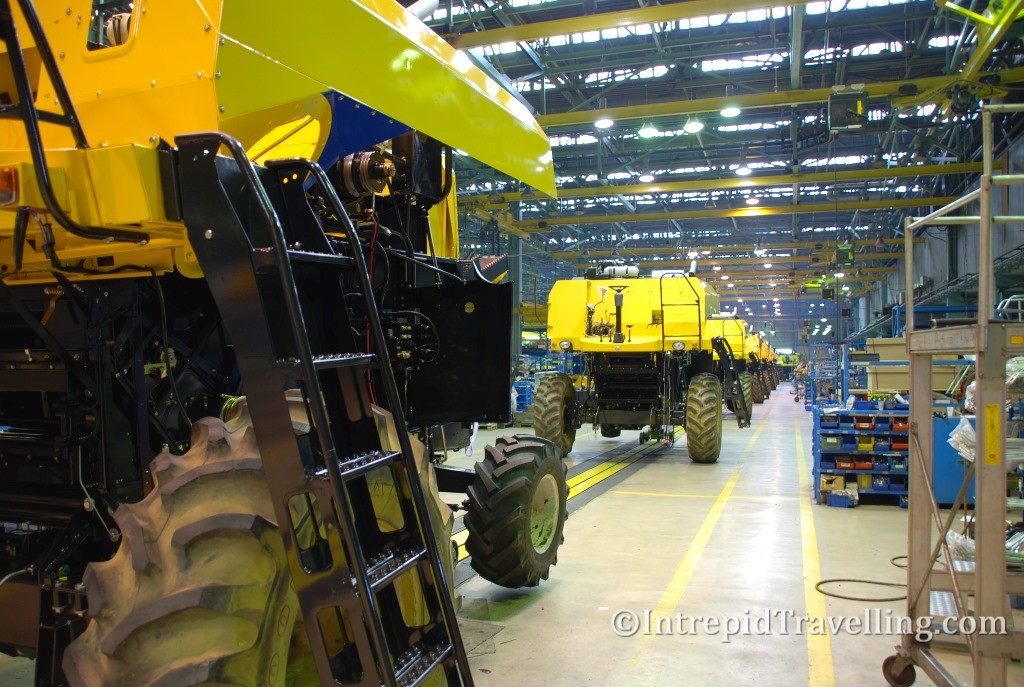
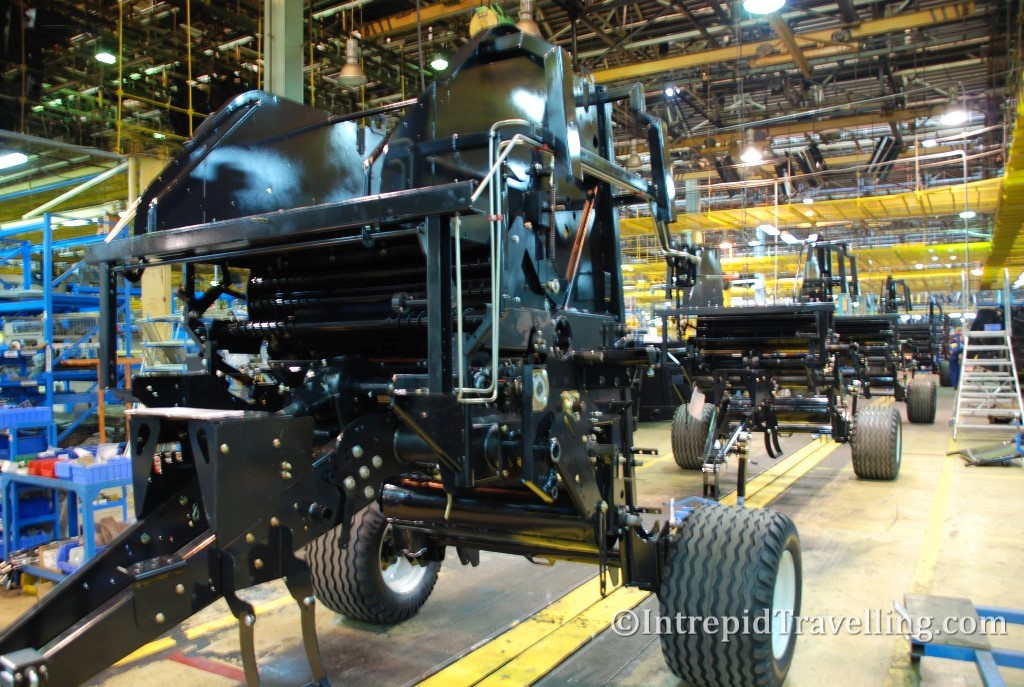
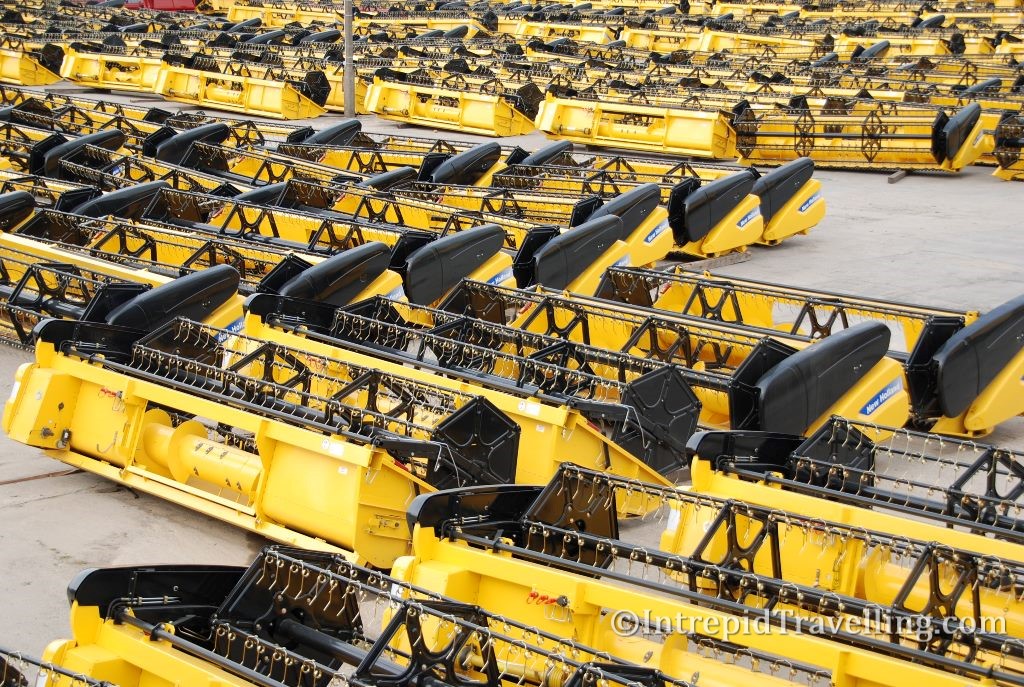
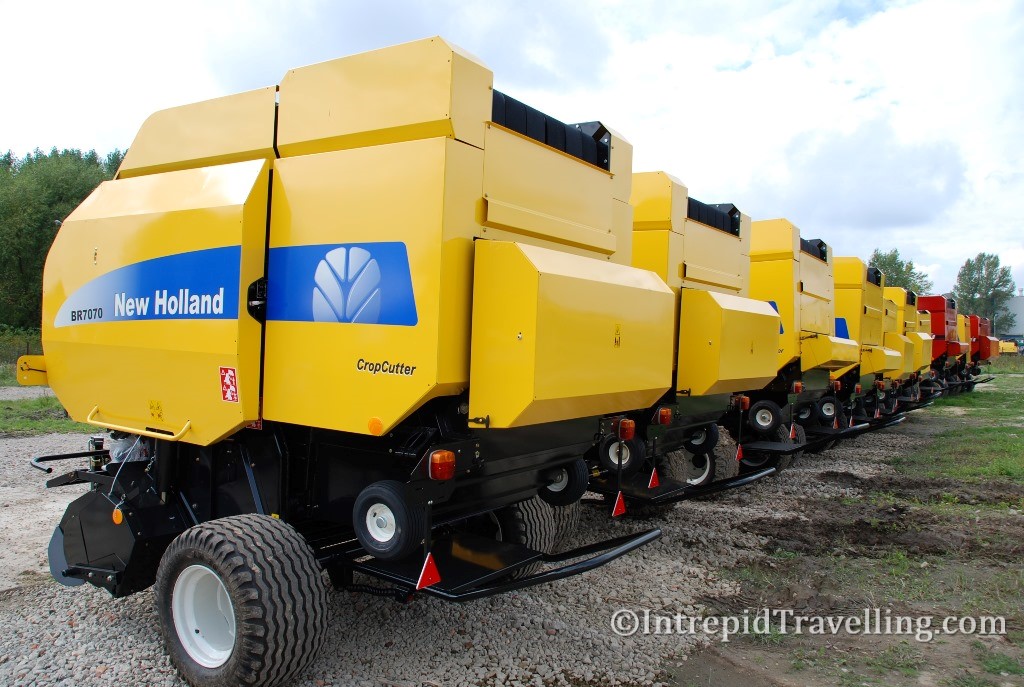
Once back in Warsaw, I met up with an English friend of mine, Steve, who was working at the Case New Holland (CNH) harvesting manufacturing plant in Plock. I know it'll sound sad, but being farm equipment, I was loved visiting the factory and asking questions about the production process. They manly produced combine harvesters and headers for grain and corn for the European and American markets, but I was surprised to learn they make round balers that end up being shipped to New Zealand from here! From Warsaw my intrepid journey would see me continue east all the way to China overland via Moscow and the Trans-Mongolian railway as a solo traveller once again; what an epic adventure!

